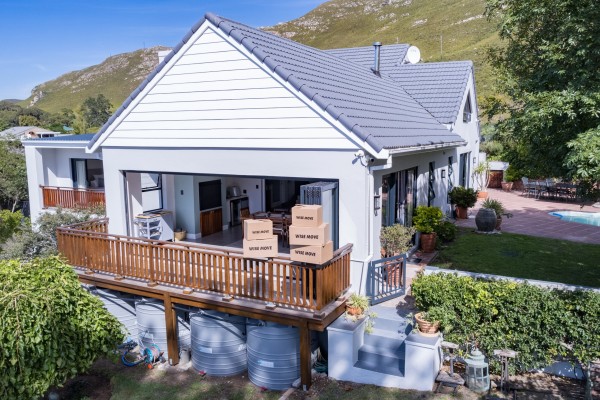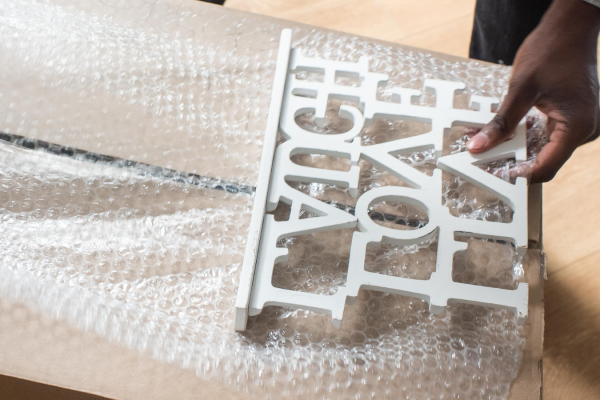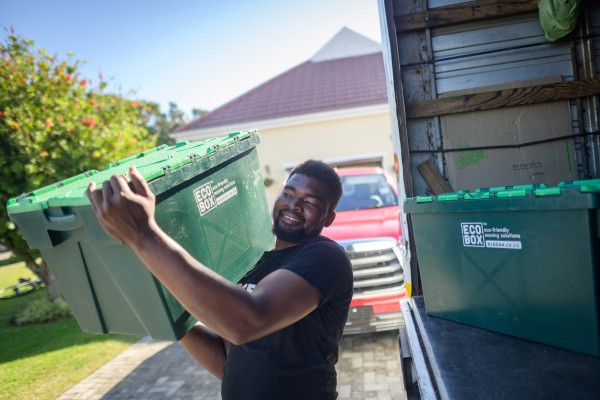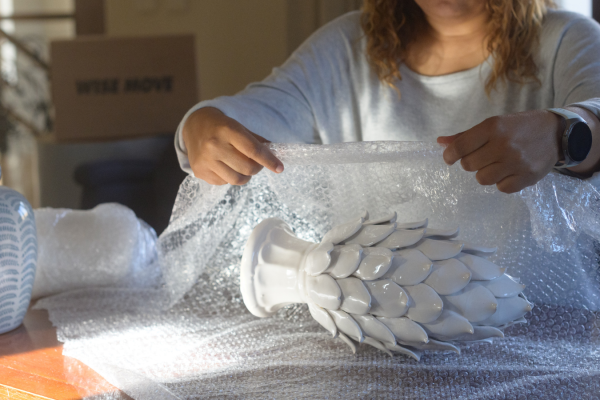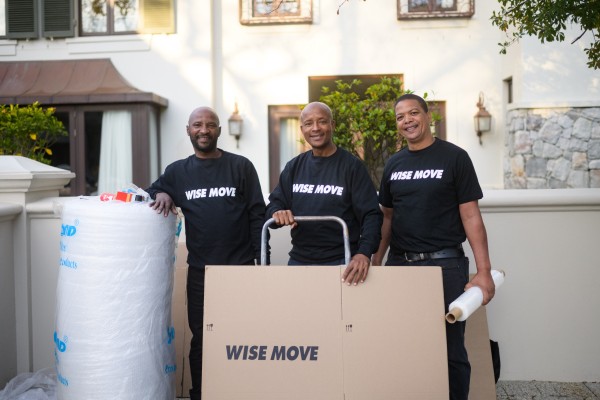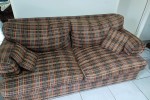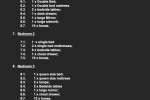Your guide to choosing the right piano for your home, family, and musical journey

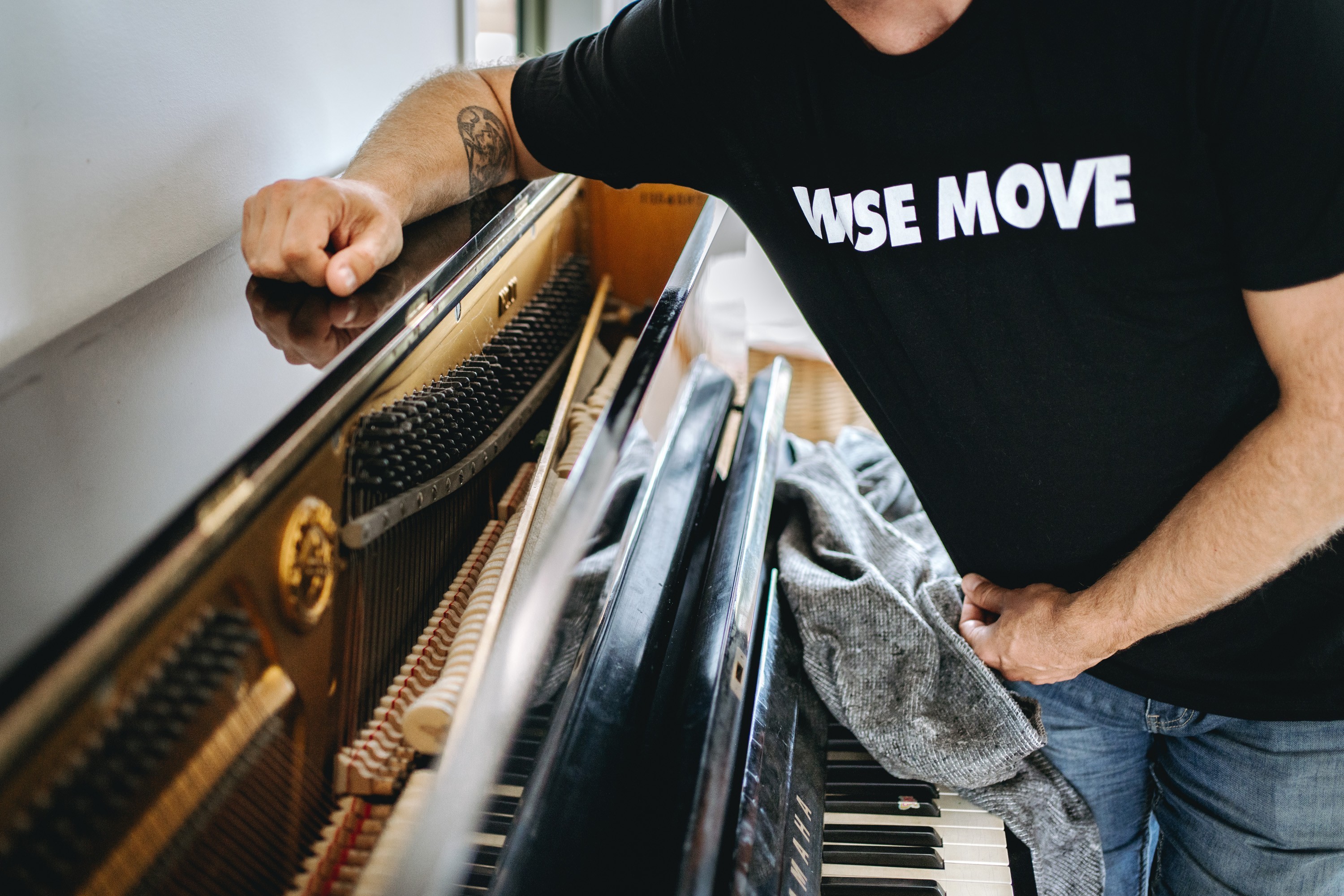
So, you’re thinking of starting piano lessons, or maybe your child is starting their piano journey. As every piano teacher will tell you, “your best teacher is your piano at home”. But how do you choose the perfect piano that hits all the right notes?
One quick search and suddenly, you’re drowning in words like ‘upright,’ ‘grand,’ and ‘hybrid.’ What’s the difference, anyway?
Here’s a clear, simple guide explaining the different types of pianos, their features, sizes, popular brands, and which ones are best suited for beginners, intermediates, and professionals.
Let’s get started and find the piano that strikes a chord with you!
The difference between acoustic and digital pianos
There are two main types of pianos: acoustic pianos and digital pianos.
- Acoustic pianos: Traditional instruments that use physical strings and hammers to produce sound naturally. Upright and grand pianos are the main types of acoustic pianos.
- Digital pianos: Replicate the sound of an acoustic piano using technology. When you tap a key, it sends a signal to the internal computer and plays a sample of that key’s sound.
Main differences between acoustic and digital pianos
|
Acoustic piano |
Digital piano |
|
Regular tuning and maintenance. |
No tuning and minimal maintenance needed. |
|
Authentic and rich sound quality. |
Lacks nuanced tonal richness but offers a range of sound options. |
|
Needs ideal conditions for tuning. |
Does not need any conditions other than access to electricity. |
|
Provides tactile feedback and resistance. |
Less nuanced tactile feedback, but you can adjust touch sensitivity on keys. |
|
Larger and heavier. |
Lightweight and portable. |
|
More expensive. |
More affordable options. |
|
50 to 100 years. |
10 to 20 years. |
Features of digital pianos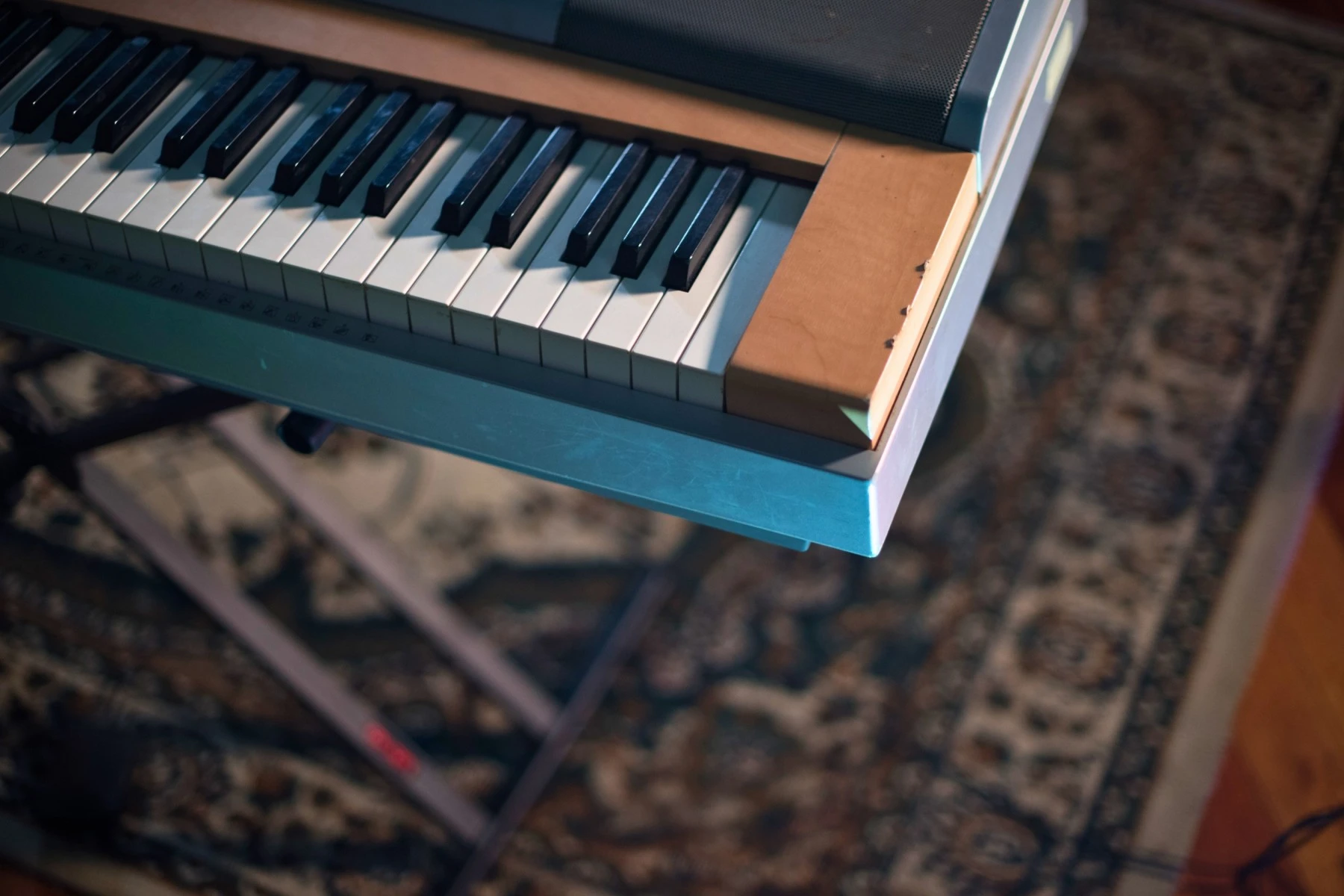
Whether you’re starting young or picking up a new hobby in adulthood, digital pianos are the favourite for beginners. They’re affordable, easy to maintain, require little space, and are easy to move around.
- Size: Digital pianos come in different shapes and sizes, including portable, upright, stage, and grand pianos. Portable models are approximately 120–140 cm (47"–55") wide. Console models mimic upright dimensions.
- Difficulty level: Beginner to Professional (depending on model).
- Popular brands include: Yamaha Clavinova series, Roland FP/HP series, Kawai CN series, and Casio Privia PX series.
View this post on Instagram
Benefits of digital pianos for beginners
- Volume control for quiet playing.
- Headphone compatibility for silent practice.
- Built-in metronome to keep time.
- Sound options to play with different instruments.
- Recording functionality to produce your own music.
When to upgrade to an acoustic piano
Digital pianos don’t offer either the tonal richness or the authentic feel of acoustic pianos. That’s why, as you progress in your piano journey, it’s worth upgrading to an acoustic piano to practice the unique touch of a traditional piano, especially if you want to perform.
What to know about acoustic pianos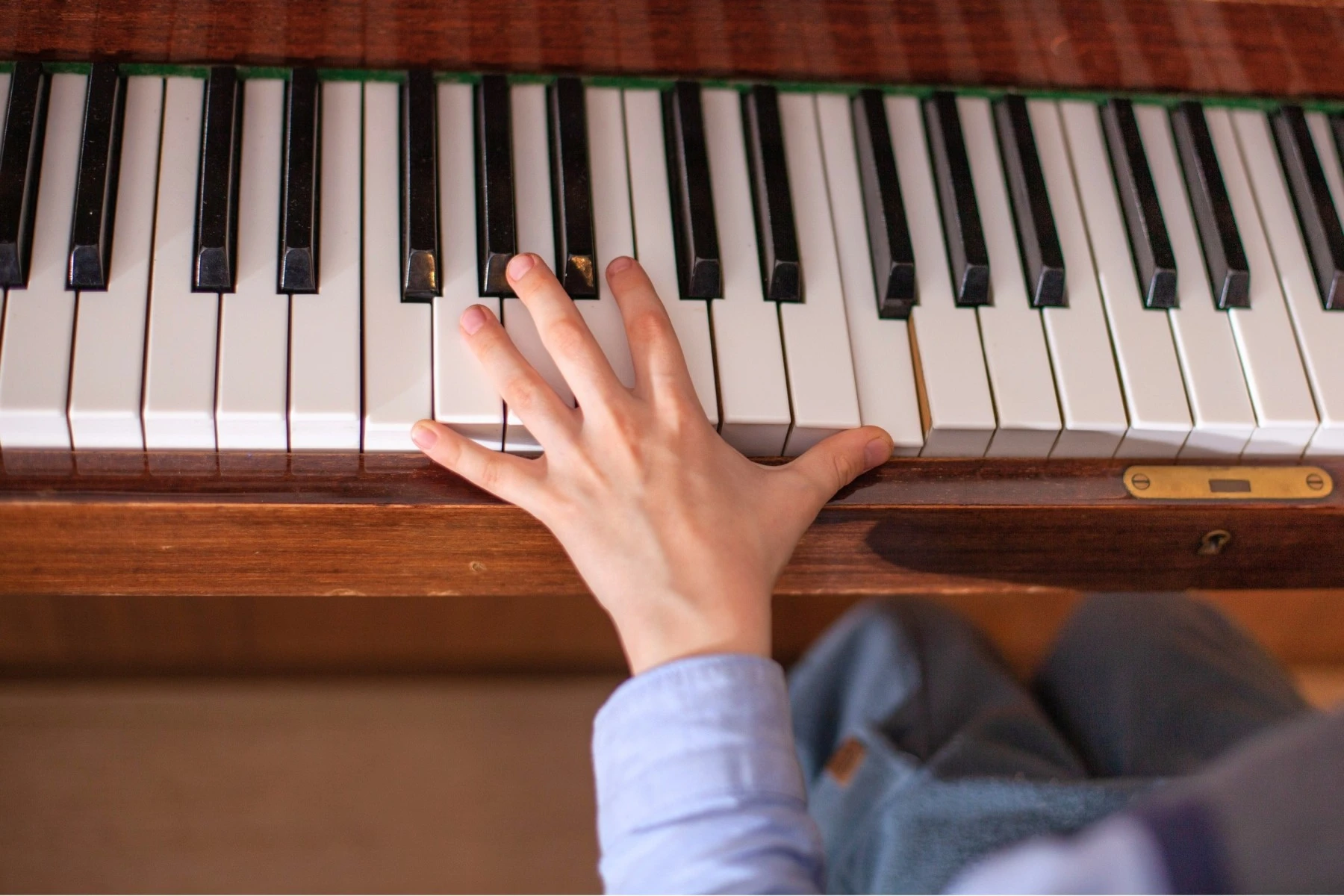
Acoustic pianos are popular for creating an authentic playing experience, with nuanced tonal richness and tactile feedback. Intermediate, advanced and professional pianists prefer it as the sounds are more sensitive to your touch, allowing you to play more expressively.
There are two types of acoustic pianos: upright and grand pianos.
Tip: For acoustic pianos, both upright and grand, the larger the piano, the better the sound quality.
Types of upright pianos
As the name suggests, the strings in an upright piano run vertically. They provide an authentic piano experience, with the convenience of being smaller and easier to move.
View this post on Instagram
There are 3 different types of upright pianos, varying in size and features:
Console piano
- Ideal for: Small, compact homes and apartments.
- Difficulty level: Beginner to Intermediate.
- Size: 102–112 cm (40"–44") tall.
- Popular brands: Yamaha, Kawai, and Otto Bach.
Studio piano
- Ideal for: Performances in schools and churches (most well-known upright piano).
- Difficulty levels: Intermediate.
- Size: 112–122 cm (44"–48") tall.
- Popular brands: Yamaha, Kawai, Otto Bach, and Steinway & Sons.
Full upright piano
- Ideal for: Professional performances. As the largest type of upright piano, it produces a resonant sound similar to a grand piano.
- Difficulty level: Advanced to Professional.
- Size: 130–135 cm (51"–53") tall.
- Popular brands: Yamaha YUS5, Kawai K-800, and Steinway K-52.
Types of grand pianos
Grand pianos are the big shebang—the grand finale of pianos. They are the largest kind of piano as their strings are strung horizontally.
Their superior sound quality, projection, and elegant design make them perfect for concert halls and prestigious events. As a high-value item with a lifespan of up to 100 years, they’re also a worthy investment.
However, weighing between 250 and 600 kg, they require professional help to move.
View this post on Instagram
There are 3 main types of grand pianos.
Baby grand piano
- Ideal for: Living rooms and small studios. As the smallest grand piano, they’re also the most convenient grand piano.
- Difficulty level: Intermediate
- Size: 146–152 cm (4'9"–5') in length
- Popular brands: Yamaha GB1, Kawai GL-10
Medium grand piano
- Ideal for: Medium concert venues with the sound and feel of a true grand piano. They have a more convenient size and weight compared to a concert grand.
- Difficulty level: Intermediate to Advanced.
- Size: 152–173 cm (5'–5'8") in length.
- Popular brands: Yamaha C3, Kawai GX-3, Steinway Model M and Baldwin L.
Concert grand piano
- Ideal for: Symphony orchestras or large recording studios as the most elite type of piano. They are the largest, most expensive, and most difficult type of grand piano to move and maintain.
- Difficulty level: Professional.
- Size: 274–290 cm (9'–9'6") in length.
- Popular brands: Steinway Model D and Bösendorfer 290 Imperial.
What are hybrid pianos?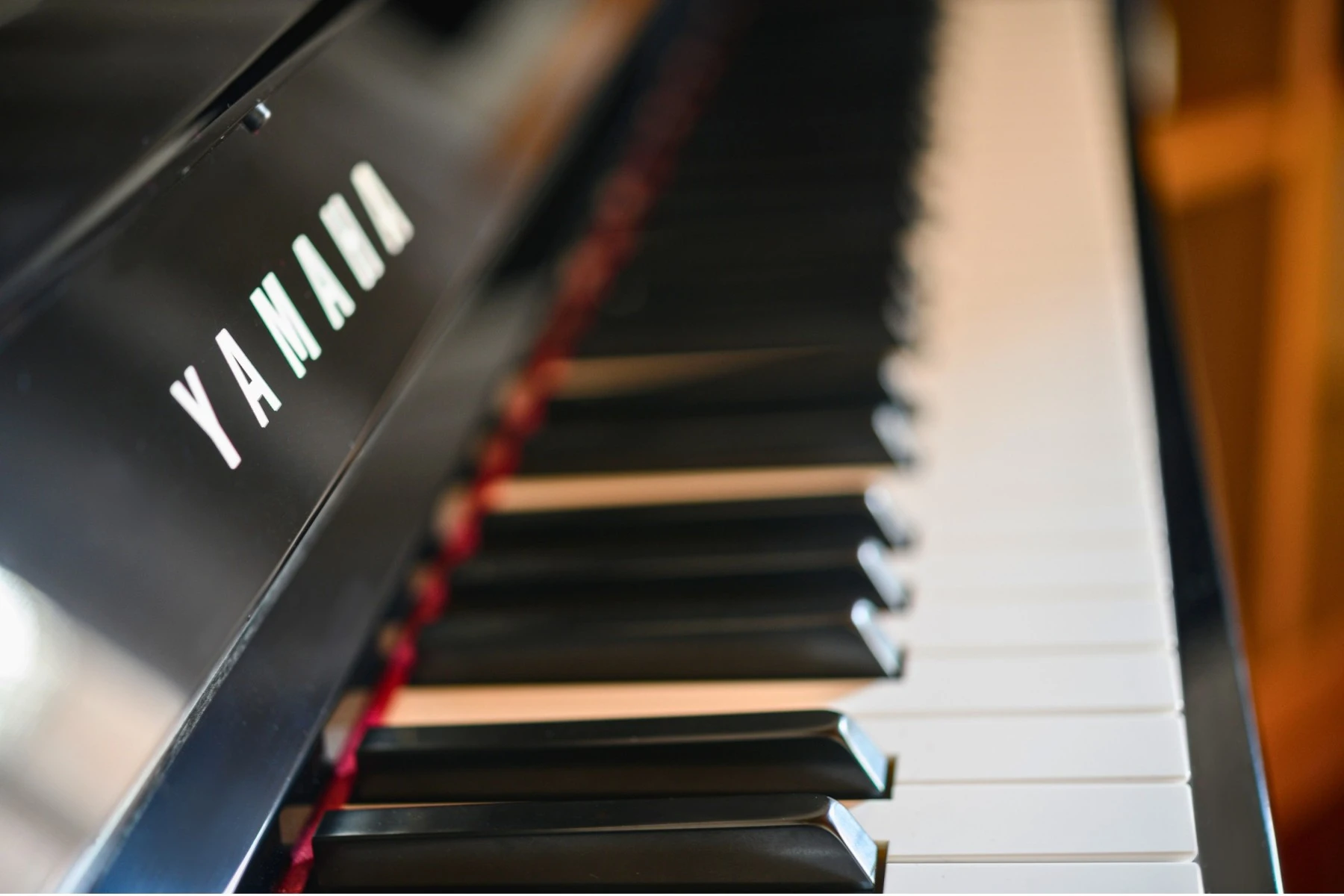
As the name suggests, hybrid pianos are a combination of acoustic and digital.
This means you feel like you are playing an authentic acoustic piano with real wooden keys, but can also adjust the volume, amplification and digital sound generation. Hybrid pianos also allow you to connect to headphones and other devices.
They’re typically smaller than acoustic pianos and require little maintenance, but come with a high price tag.
- Size: Similar to acoustic uprights or grands, depending on model.
- Ideal for: Intermediate to Professional.
- Popular brands: Yamaha AvantGrand series, Kawai Novus series, Roland LX/HP series, and Casio Celviano Hybrid.
View this post on Instagram
How to choose the right piano for you
Here are the main factors to consider when choosing between a digital, upright, grand, and hybrid piano:
- Space consideration: A digital piano or a smaller upright piano is better suited for smaller rooms, while a full upright or grand piano is perfect for a large concert space.
- Budget: Digital pianos are the most affordable, followed by upright pianos, and then grand pianos. You can find cheaper second-hand options of all types.
- Skill level: Digital pianos are recommended for beginners. If you’d like to progress to an intermediate level, you’d likely need to upgrade to an acoustic piano.
- Usage: While a digital piano is great for learning, an acoustic piano is required for performance and practice.
Frequently asked questions about pianos
Is a digital piano good for a beginner?
Digital pianos are one of the best options for beginners because of their affordability, portability, volume control, and headphone compatibility.
Do hybrid pianos require tuning (or maintenance)?
Hybrid pianos don’t require tuning or as much maintenance as an acoustic piano, but may still need the occasional service.
How often does an acoustic piano need to be tuned?
You should tune your acoustic piano twice a year. If you play frequently, you may need to tune it more.
How long does a piano last?
A well-maintained acoustic piano can last between 50 and 100 years. A digital piano typically lasts between 10 and 20 years if it’s well looked after.
How much space do I need for a piano?
- A digital piano requires a minimum of 1.5 m x 1.5 m of space.
- An upright piano needs around 2.5 m x 2.5 m of space.
- A grand piano requires a room with at least 20 square meters of floor space and 2.5-meter high ceilings.
Which type of piano is best for families or small homes?
Digital pianos are best for families and small homes. They’re smaller, portable, and come with headphone compatibility so you can practice without disturbing the whole house.
How do you get a piano home safely?
Once you’ve chosen your pitch-perfect piano, the next question is: how are you going to get it home or wherever it needs to be?
You might be able to transport a portable digital piano yourself, or you can use our guide on how to move your piano like a professional.
To stay safe, it’s best to call in the professionals for any upright or grand piano. Wise Move gives you access to affordable piano movers in your area who specialise in transporting all types of pianos. Whether it’s a digital, upright, grand, or hybrid piano, book your best piano moving team to ensure your precious instrument arrives ready to play, without a single scratch.
What do our customers say?
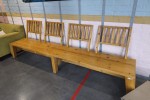


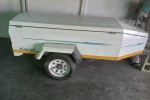
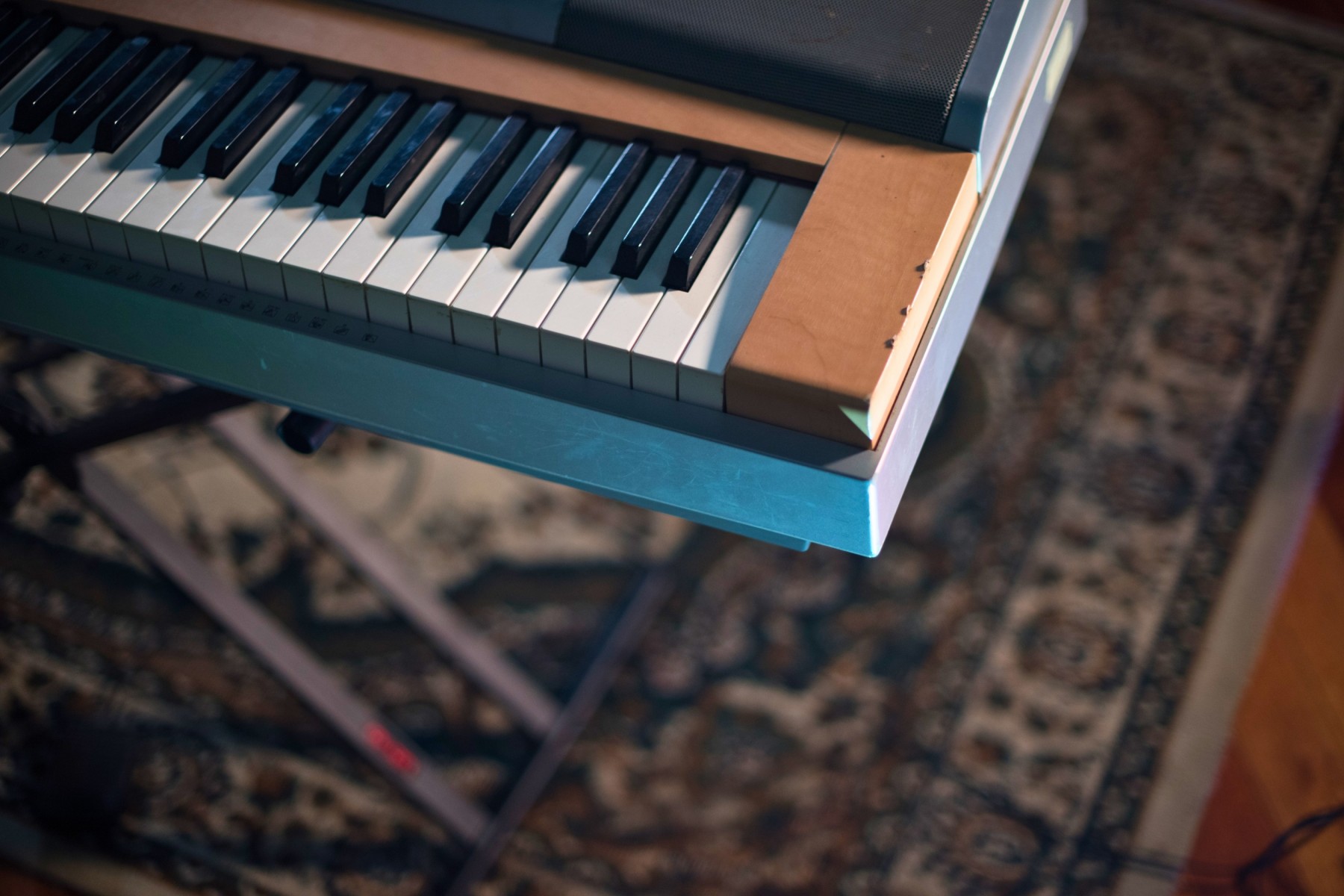
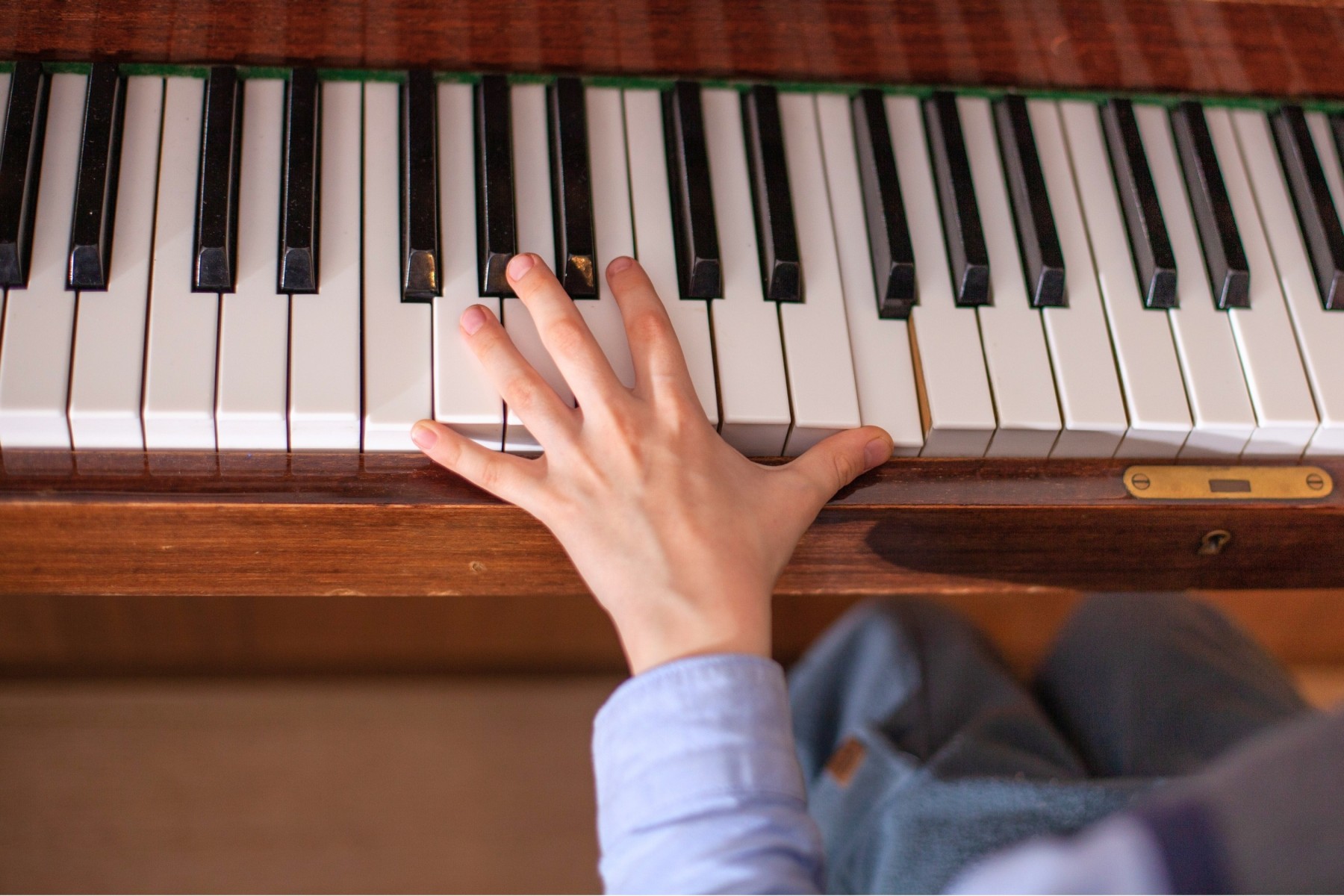
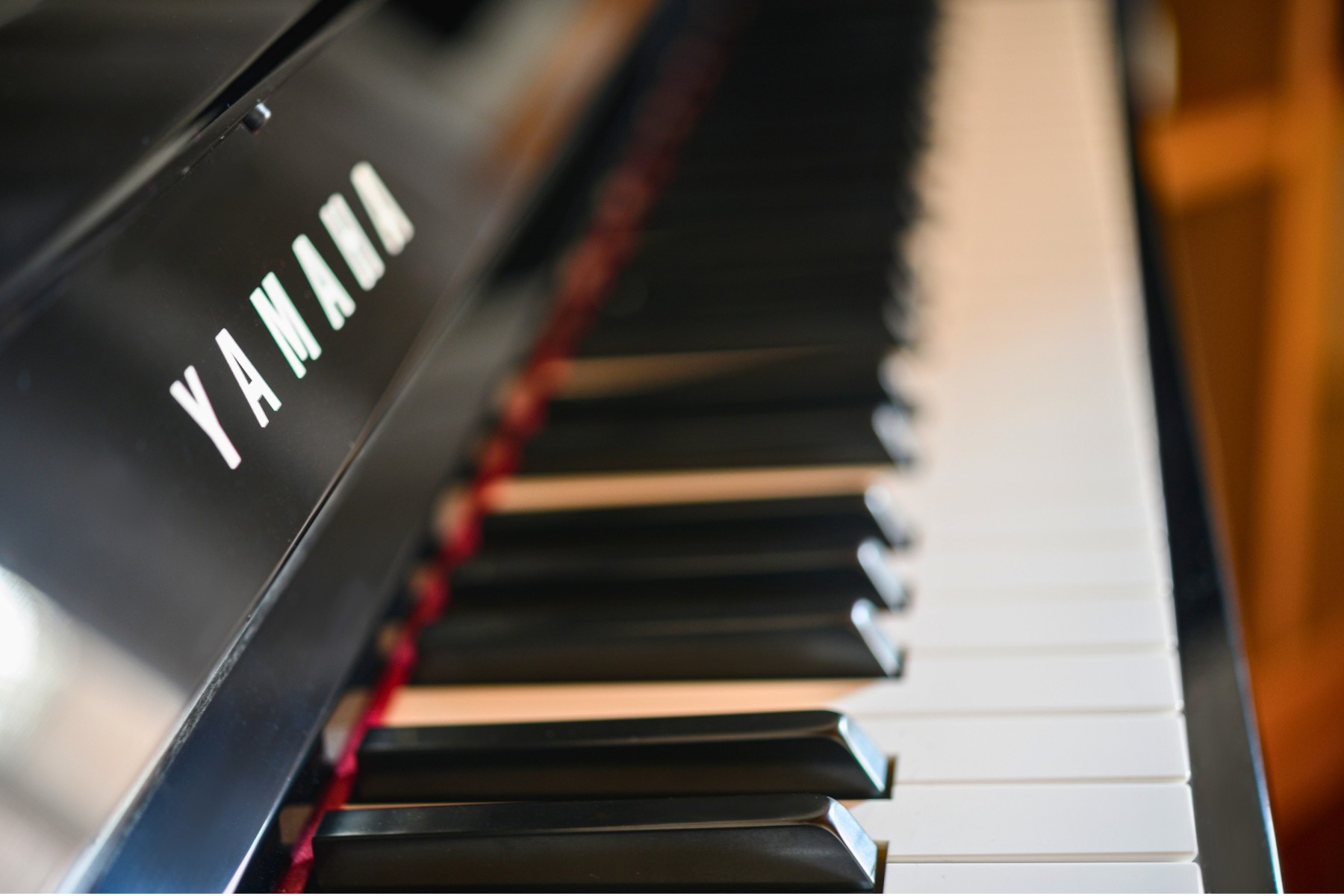




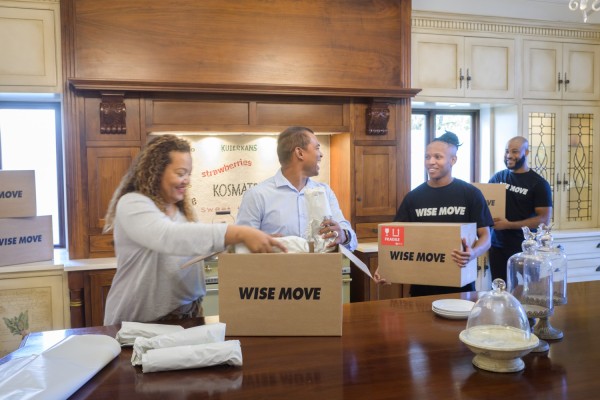
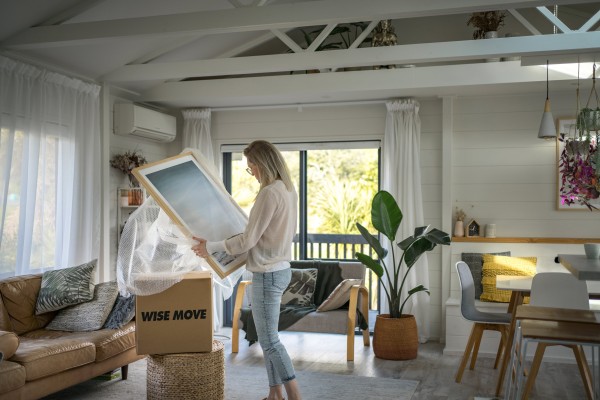


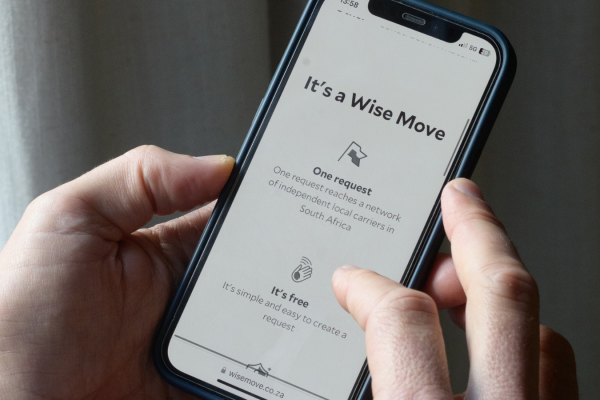
![How Many Moving Boxes Do You Need [Quick Guide] How Many Moving Boxes Do You Need [Quick Guide]](https://cdn.wisemove.co.za/image/blog/f402bbe3e47e09aa41a6d8370888b926.jpeg)




